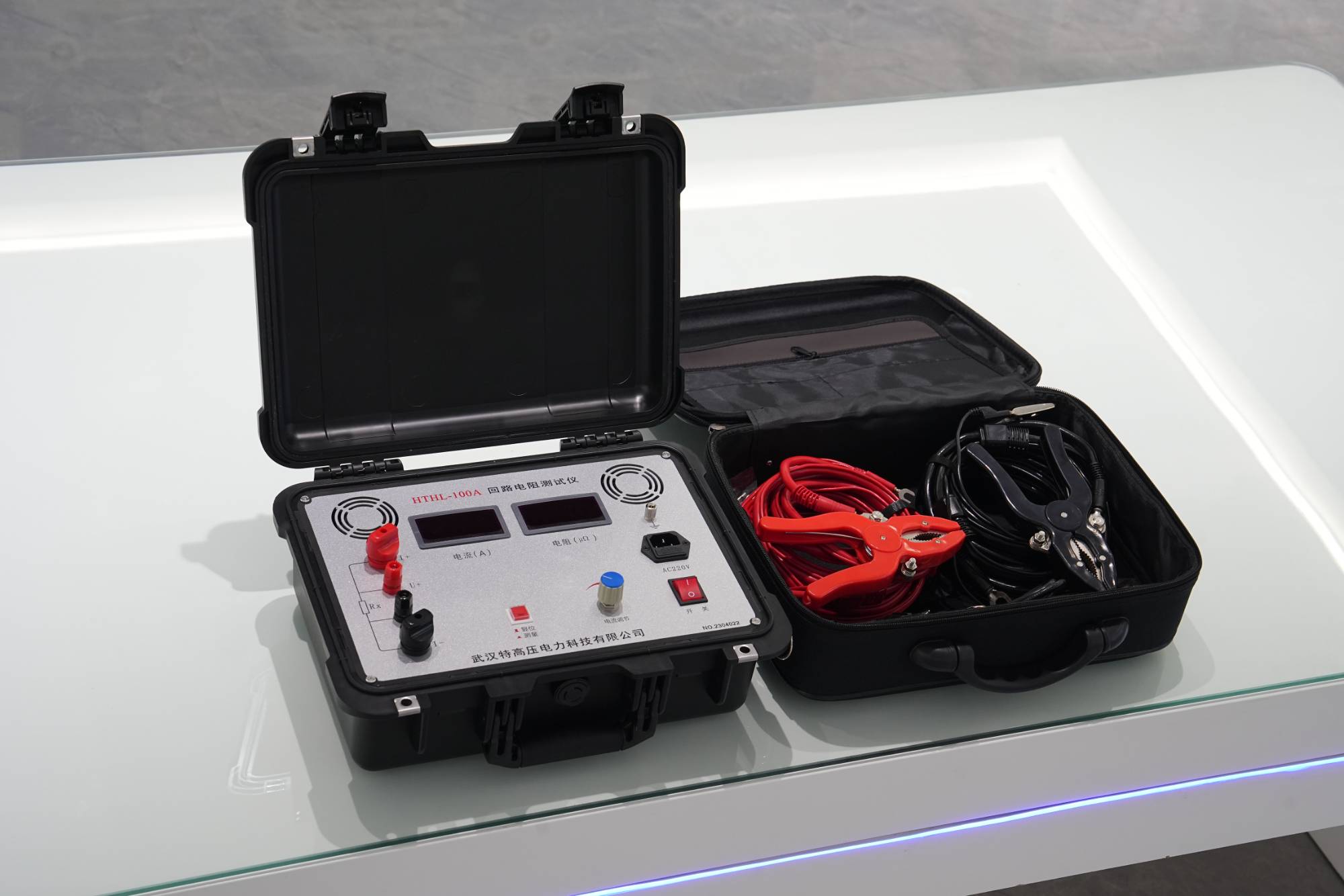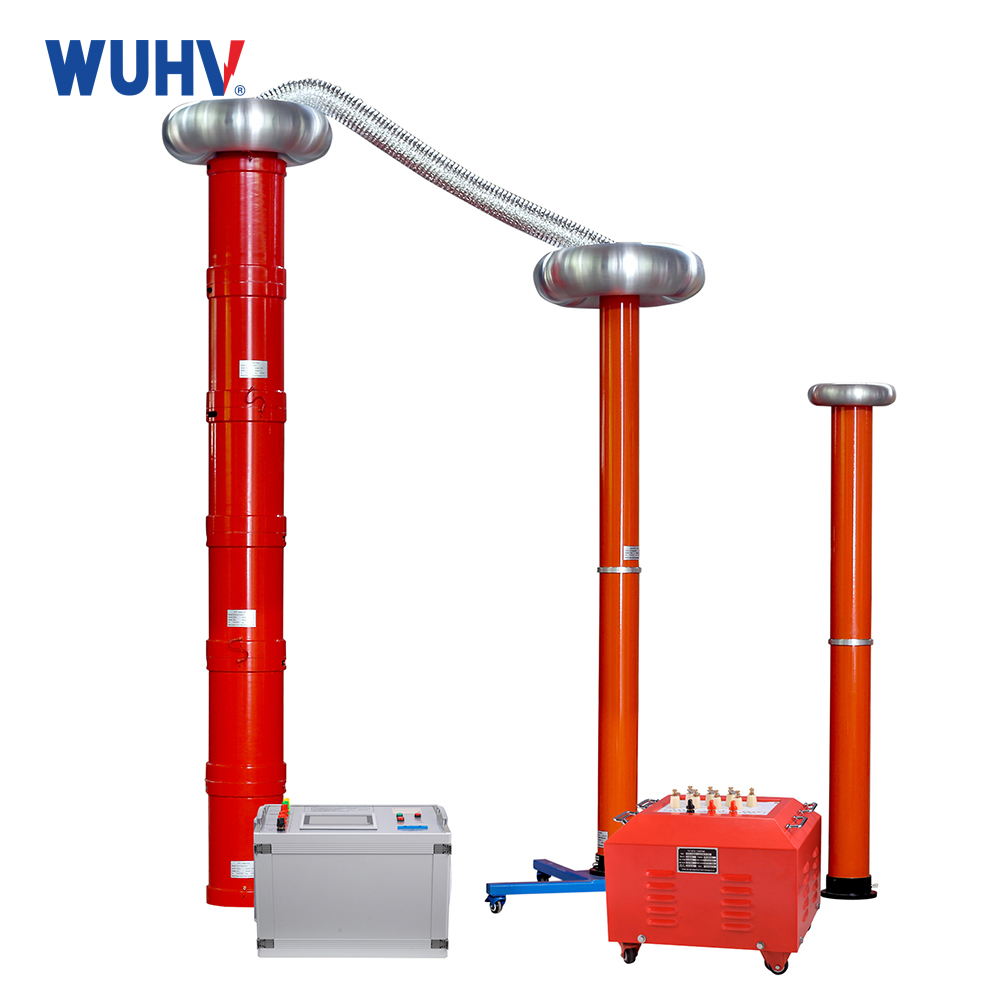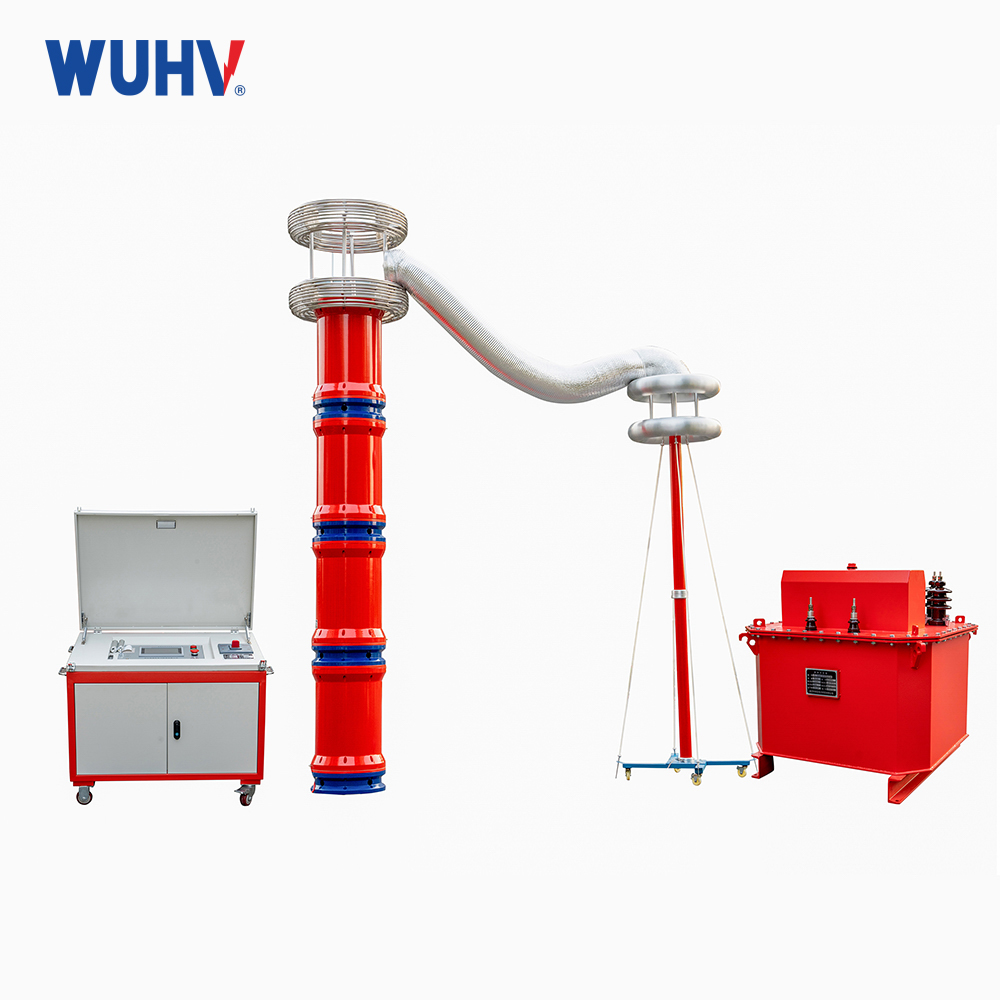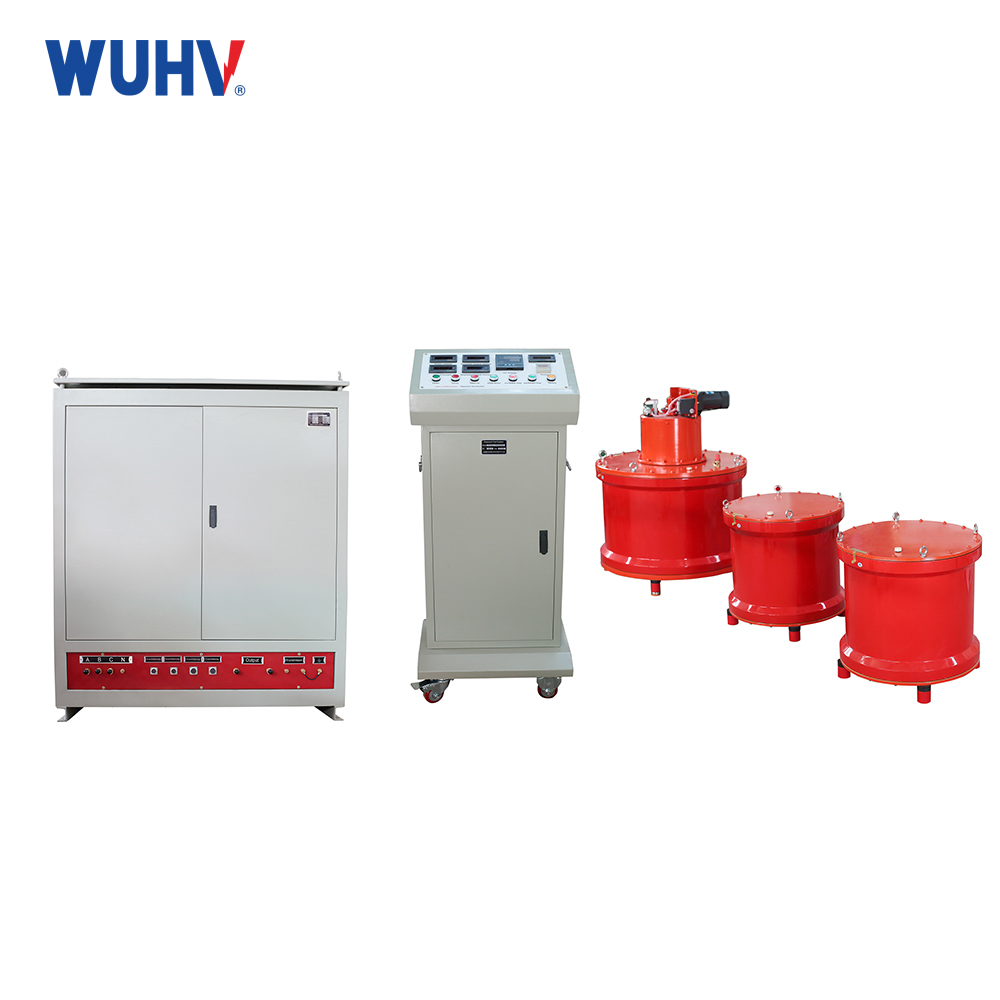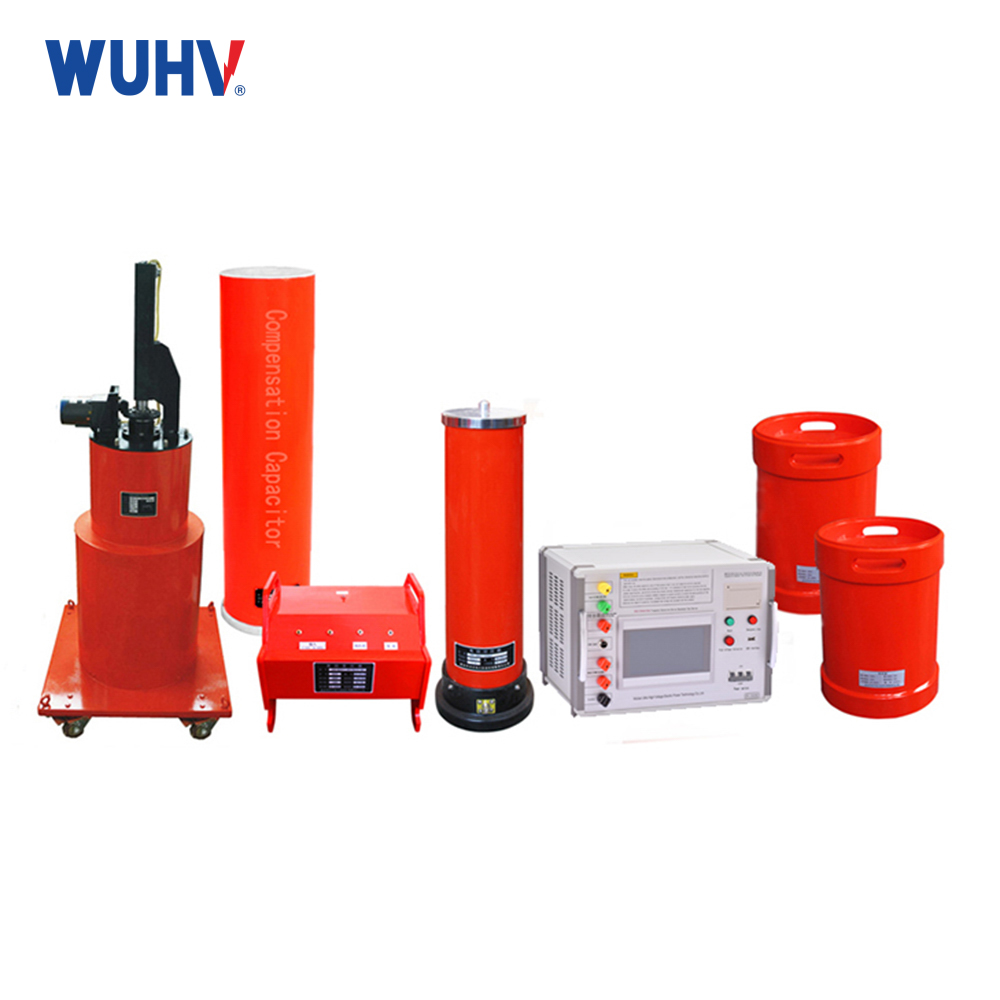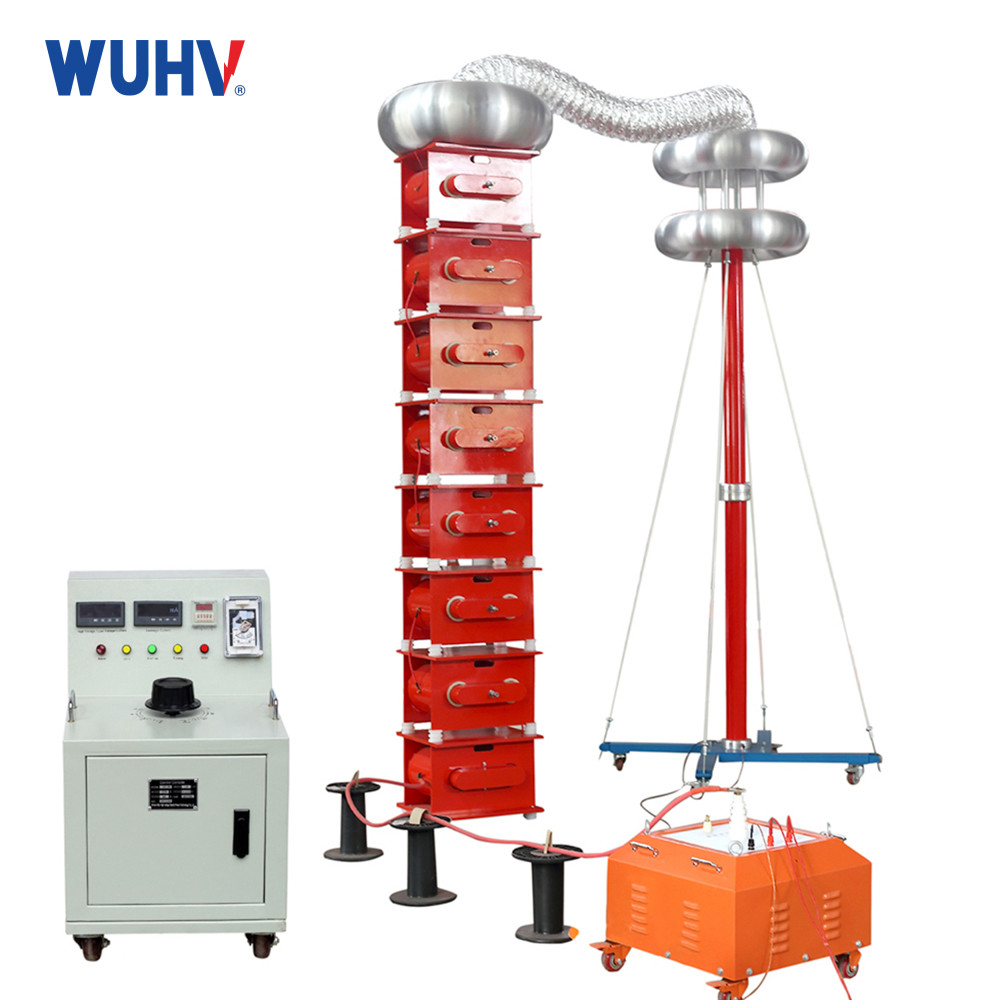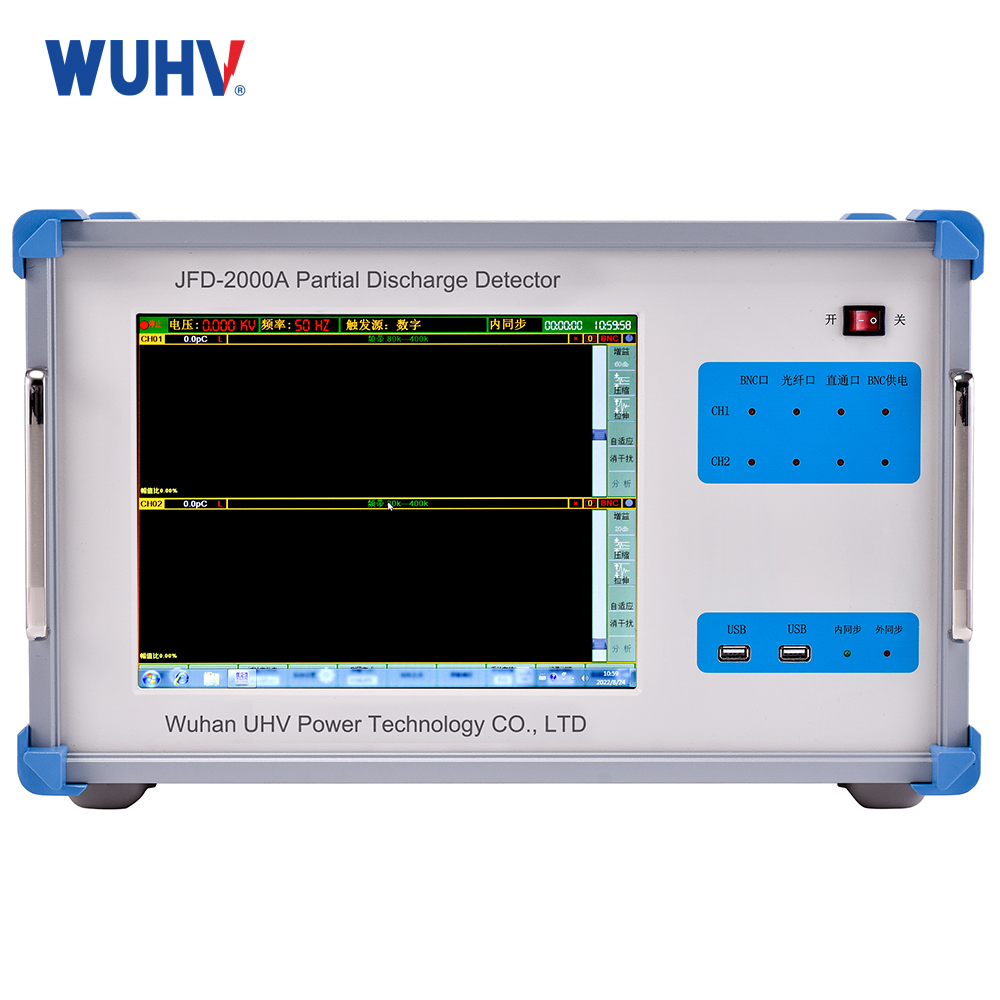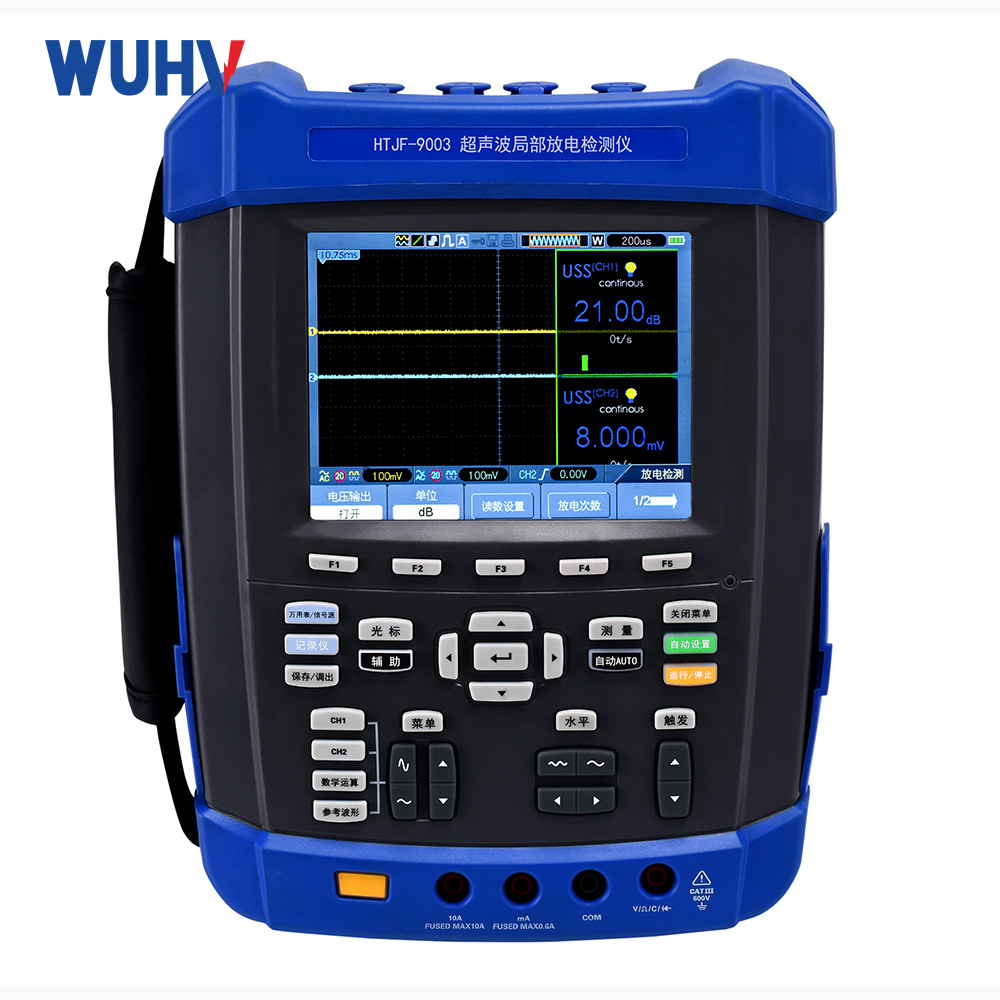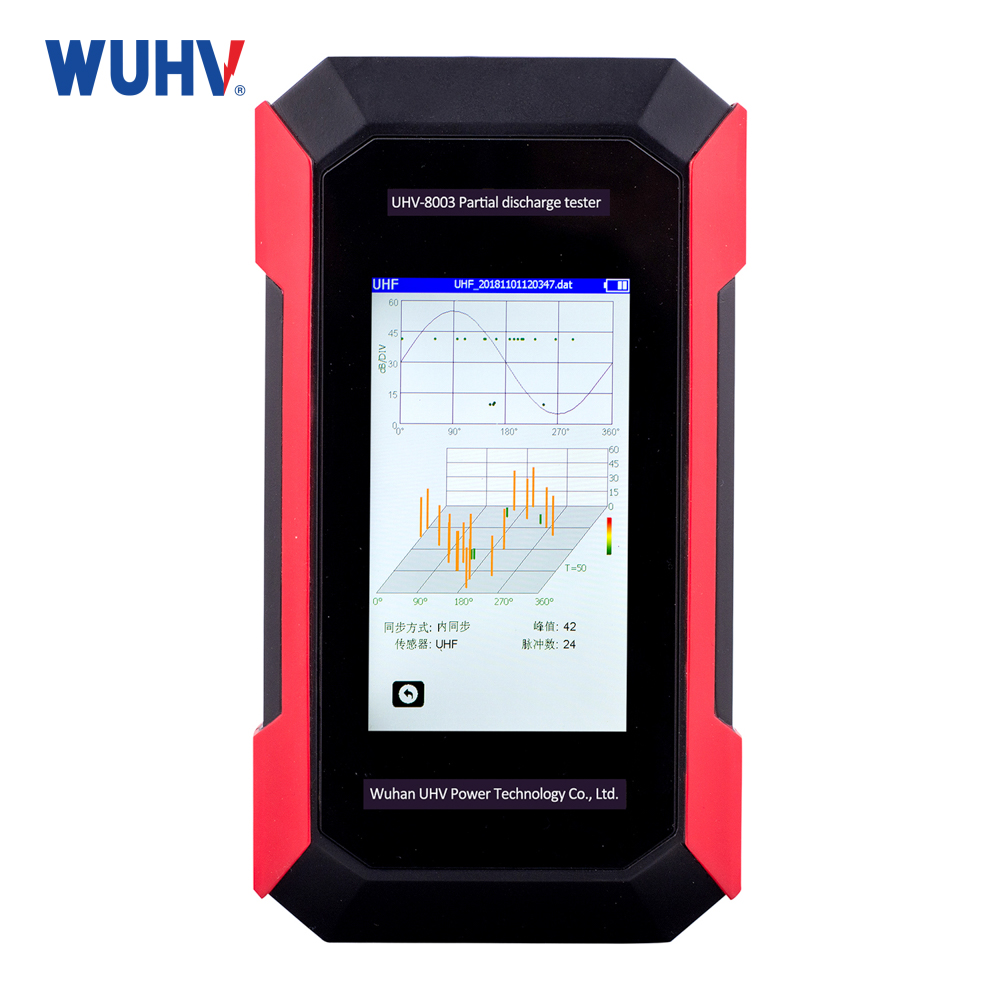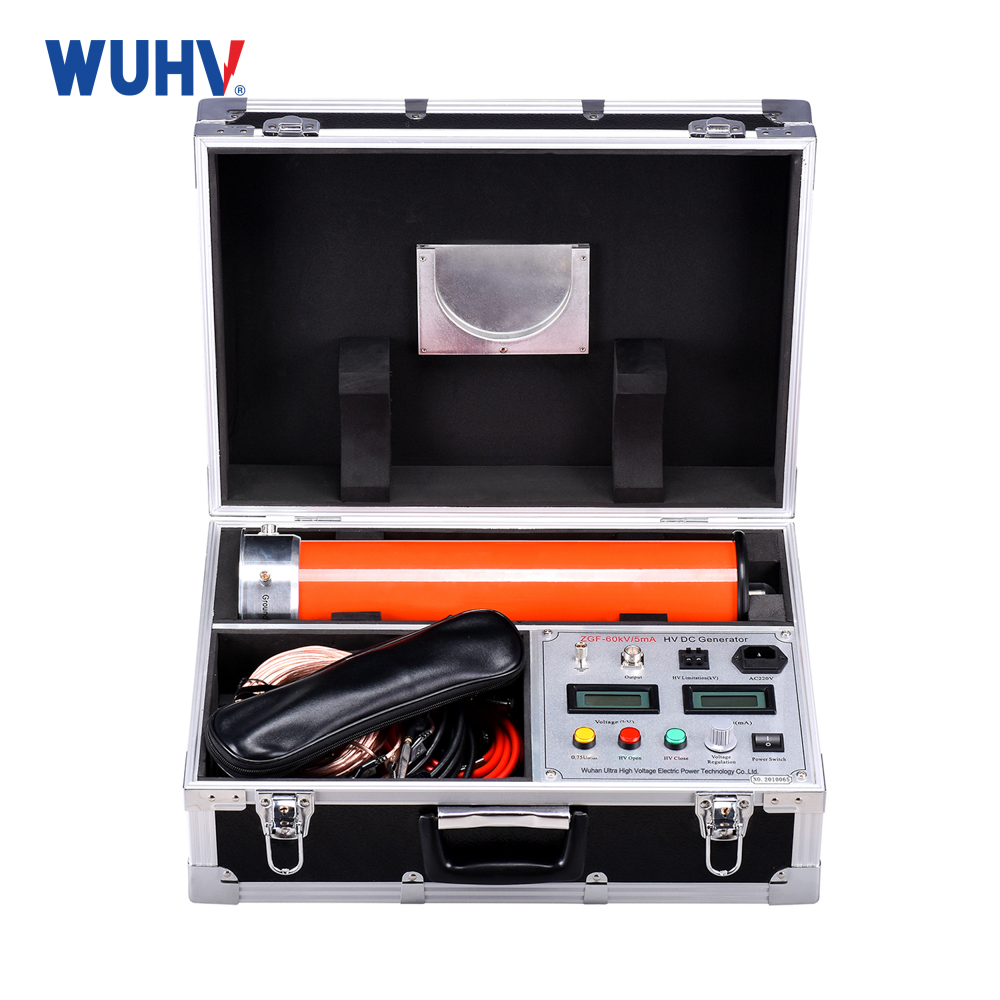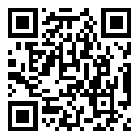The circuit resistance tester under UHV power can help many power workers conduct various power tests more conveniently.
1. What is contact resistance?
Contact resistance is the additional resistance when static contact and dynamic contact come into contact with each other.
2. Partial contact resistance of circuit breaker
Anti shrinkage and surface resistance of dynamic and static contact
3. Reasons for unqualified contact resistance of circuit breakers
When disconnecting high short-circuit current, the contact burns out.
Improper adjustment can cause changes in travel and result in serious non-compliance when exceeding travel limits, leading to changes in contact pressure or contact area.
After the circuit breaker is installed and commissioned, it is not put into operation for a long time. The dynamic and static contact surfaces are oxidized, and the contact surface resistance increases.
Long term operation causes deformation of the spring and a decrease in contact pressure.
Physical deterioration caused by long-term operation.
For low oil circuit breakers, there is a possibility of acidic reactions occurring due to corrosion of the contact surface caused by unqualified insulation oleic acid values. Or floating impurities in the oil, residual particles of carbon and metal powder due to short circuit current switching between dynamic and static contacts, increase the contact resistance.
4. Factors affecting contact resistance
Material properties: hardness, chemical properties, mechanical strength of metal compounds, and electrical resistivity.
Contact types: point contact, line contact, and surface contact.
Contact state: When in contact, an oxide film (excluding silver) is formed, and the resistance of the oxide film is much greater than that of the metal itself.
contact pressure
Contact surface roughness


